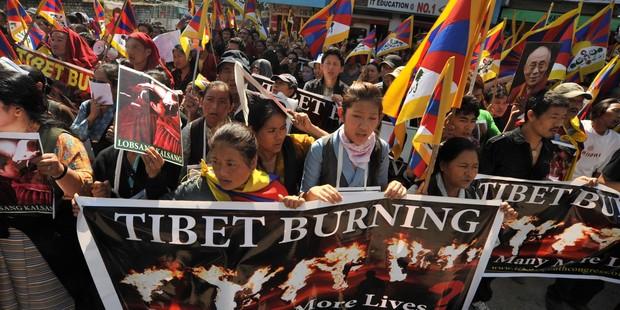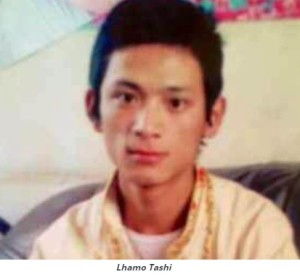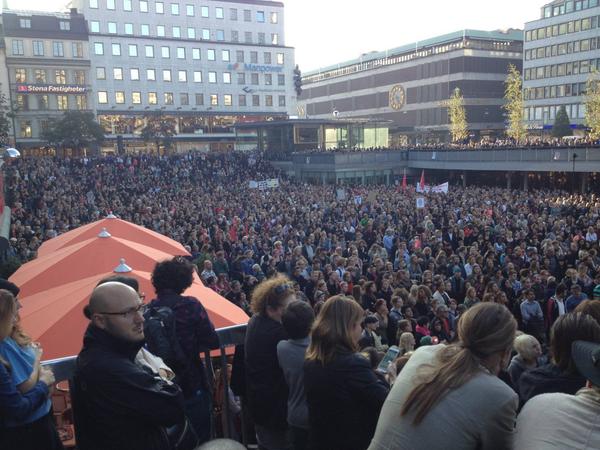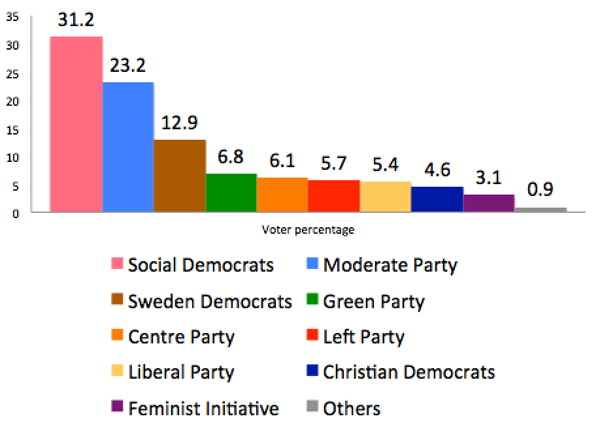There are variations in who reads what between the sexes. American men have been found to read more news and to discuss news more often than women. Men also use social media platforms that are more commonly used for news discussion than women. Women, however, read fiction much more than men, even when extremely female-oriented genres are factored-out. Women seem to be writing more of the most popular novels as well.
The Newspaper Association of America has found that a greater percentage of men read news than women. Nearly 2 million more men are reading news in the US, despite the fact that there are nearly 8 million more females than males in America. Women, however, are more frequent readers of Sunday edition news than men.
US men are also bigger users of online discussion forums such as Reddit. The average Reddit user is male (59 percent site-wide). Men are also the biggest users of LinkedIn and Google+, while women are bigger users of Facebook, Instagram and Pinterest.
Women and men also read news differently.
Men more closely follow sports, science, technology, business, international, political, and consumer news, while women more closely follow religion, health, entertainment, community, arts and culture, crime and weather news.
More specifically, men are more interested in stories about sporting events, international conflict, international politics, court cases, economic conditions, and social issues like immigration, while women are more interested in stories about tornadoes, kidnapped boys, floods, missing pregnant women, trapped coal miners, infectious diseases, contaminated pet food and toy recalls.
Women read more fiction than men. The marked difference between the sexes in novel-reading habits has been consistent. This is true even when the female-targeted romance genre is removed from calculations. Women account for 80 percent of the fiction market.
A recent memorable–although unscientific–experiment by British author Ian McEwan in a London park saw almost all of the people willing to accept the books McEwan and offered to give away taken by women, prompting the writer to say, “When women stop reading, the novel will be dead.”
Women read more novels, more often finish novels they start, more often have opened the books on their shelves, and are more likely to tell the truth about having read a book they say they have read.
It seems that women are also writing more of the most popular novels. A recent New York Times best-seller list contained 11 novels written by women, and four by men.
By Heidi Woolf




![Brazilian Policeman Shoots Street Vendor Dead When Man Spray Paints Police Officer [graphic video] (2)](https://thespeakernewsjournal.com/wp-content/uploads/2014/09/Brazilian-Policeman-Shoots-Street-Vendor-Dead-When-Man-Spray-Paints-Police-Officer-graphic-video-2.jpg)



















